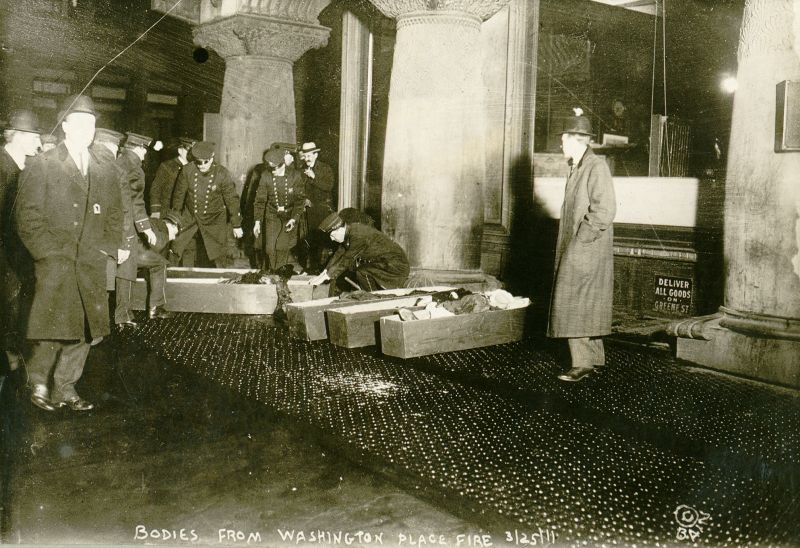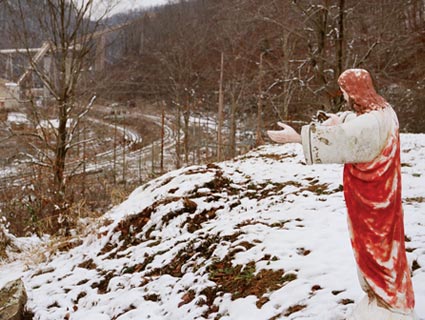
Wikimedia Commons
I was watching PBS’s American Experience the other night and learned some interesting union history I thought I’d share. Namely, that the women (and children) who worked in the Triangle Shirtwaist Factory in New York City really helped to found the union movement.
The garment workers—young immigrant women aged 16 to early 20s—went on strike in November 1909 for things like: not being allowed bathroom breaks, having their pay docked for mistakes made by old or malfunctioning machinery, and working 75-hour weeks. The strike improved working conditions, but not before company-hired thugs beat the strikers, some multiple times. Despite the strike, which coincided with strikes by tens of thousands of New York garment workers, Triangle employees gained few concessions from management and did not unionize. In 1911, a devastating fire demonstrated just how badly changes were needed.
Fire broke out on March 25 in the multistory Triangle factory and fatalities were especially high because bosses had locked the only available exit door. The door was locked because the employers insisted on searching every worker before he or she left, to make sure they weren’t stealing from the company. The only fire-fighting equipment on the manufacturing floor (which was covered with cotton scraps) was a few buckets of water. The workers inside had nowhere to go (the lone fire escape stairway crumpled into ribbons from the heat), and even the fire department’s ladders were not equipped to reach the 9th floor of the Triangle building. In total, 146 people died.
The fire kick-started the move for worker’s rights. Shortly after, the New York State Factory Investigating Committee was formed and passed lot of legislation, including minimum wage guidelines, minimum age laws, work hour limitations, fire safety requirements, and laws governing proper light, toilet facilities, and ventilation. To learn more about Triangle, and how it affected the formation of national unions, you can go to the AFLCIO’s explainer here or watch the moving American Experience episode on PBS here.












